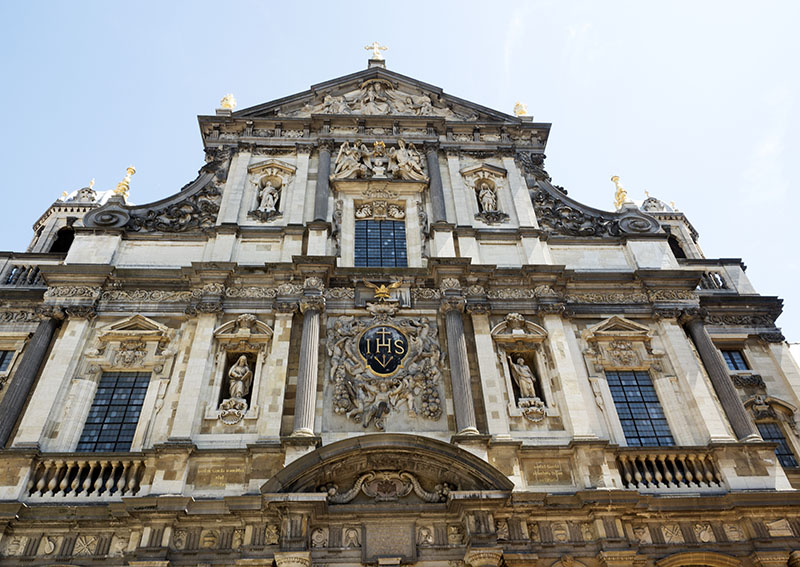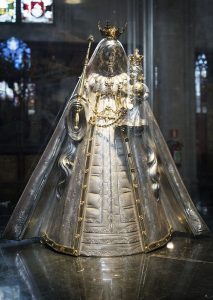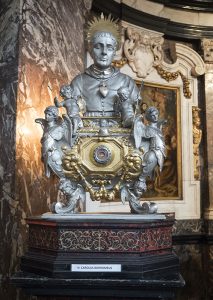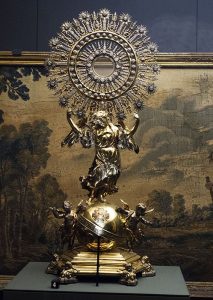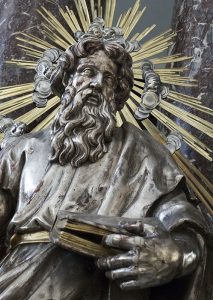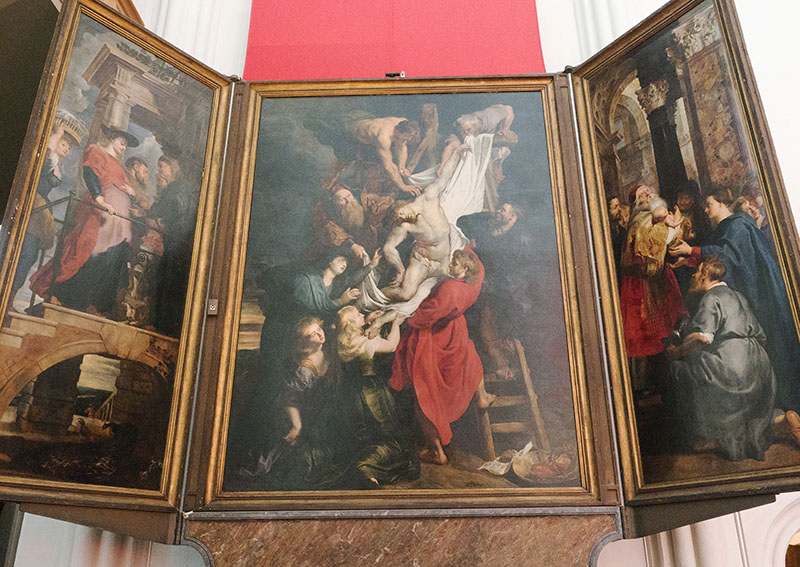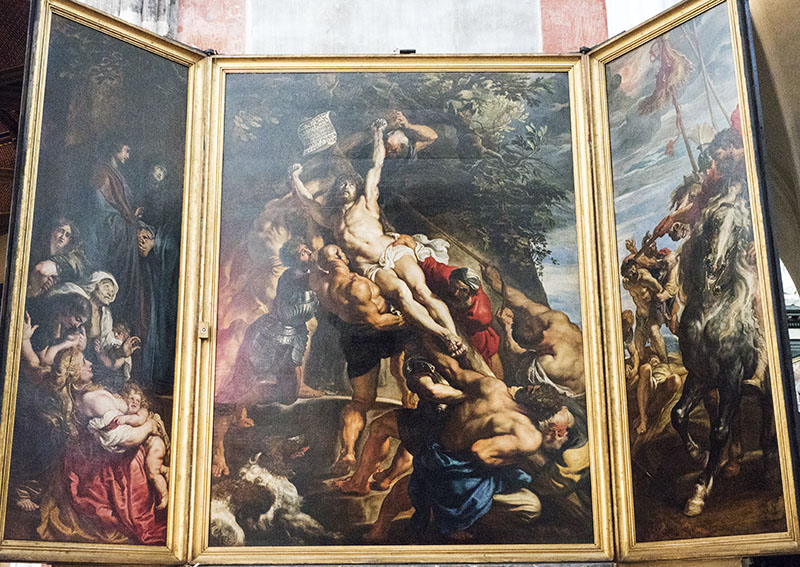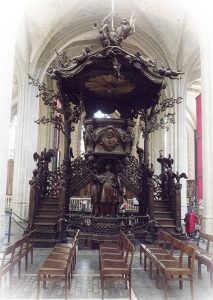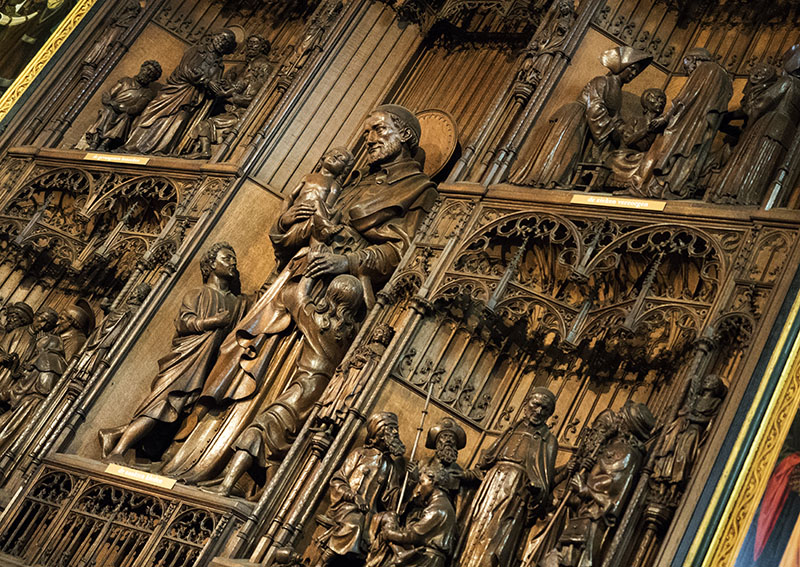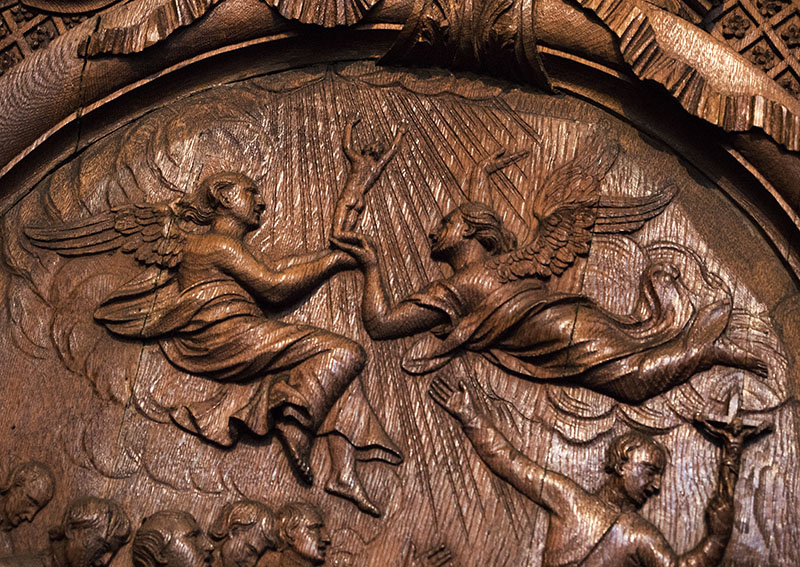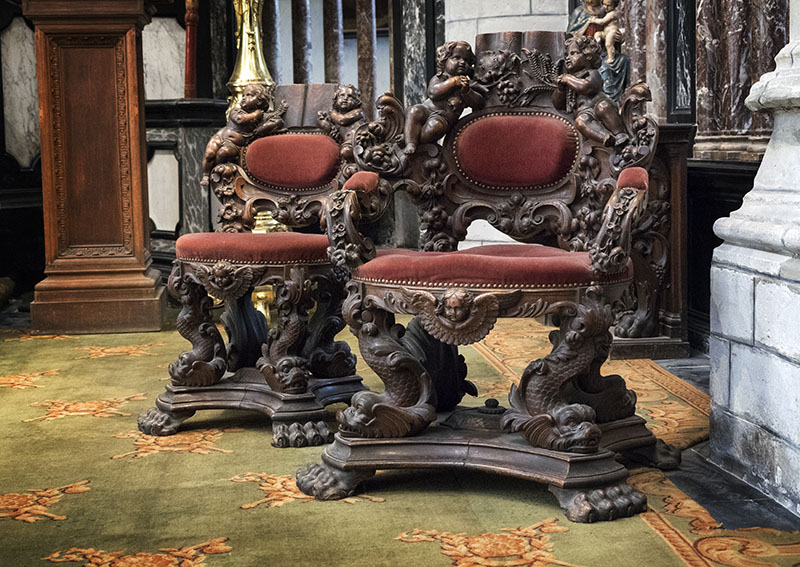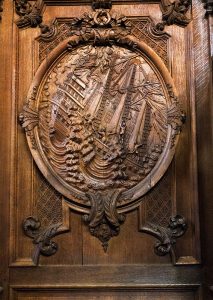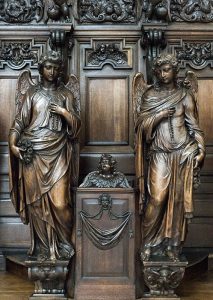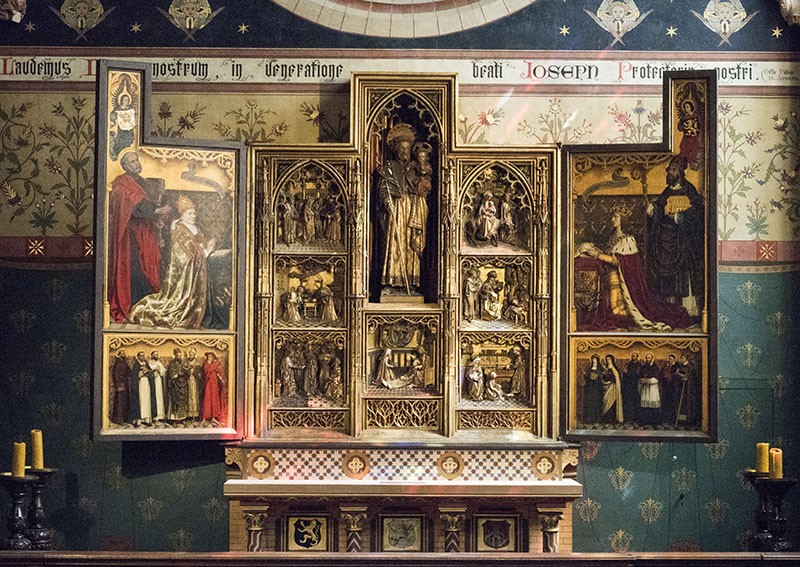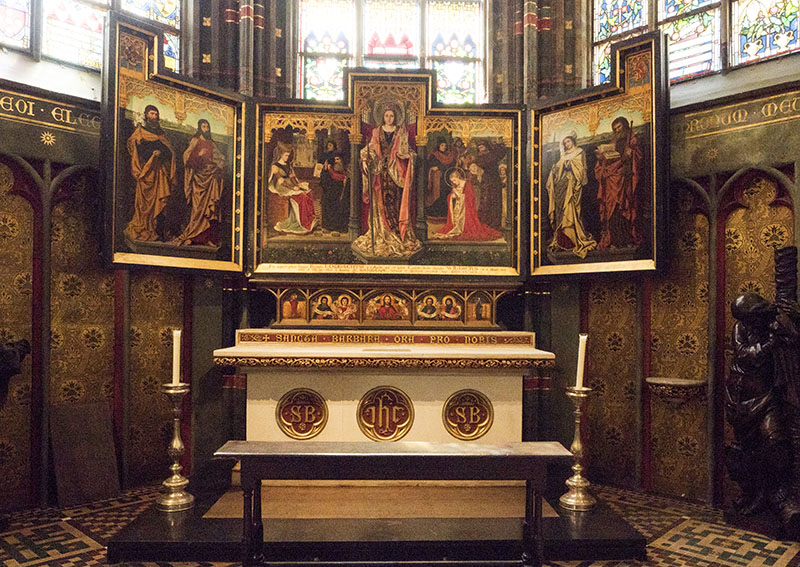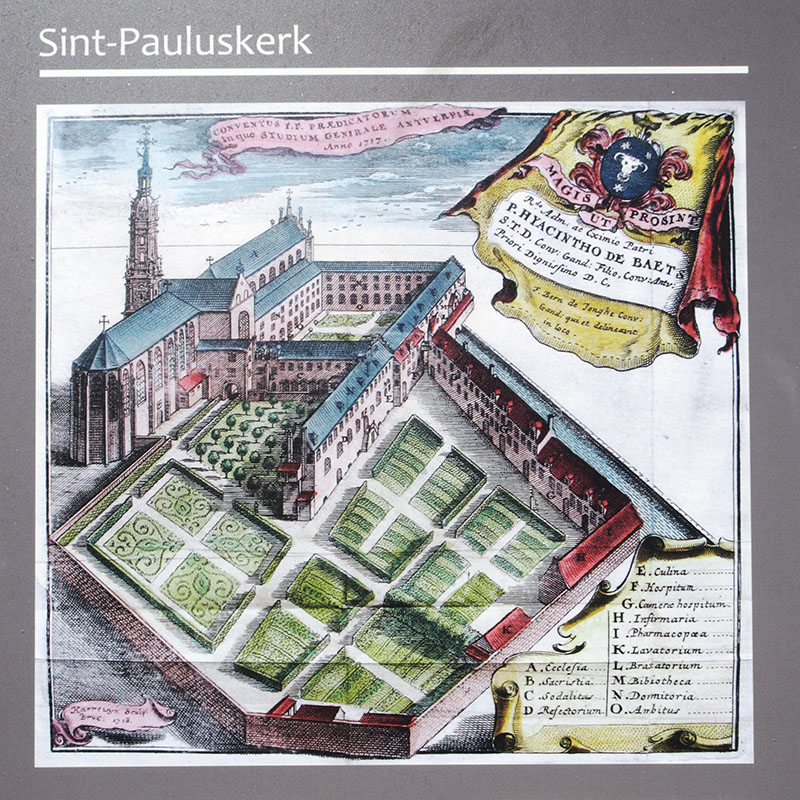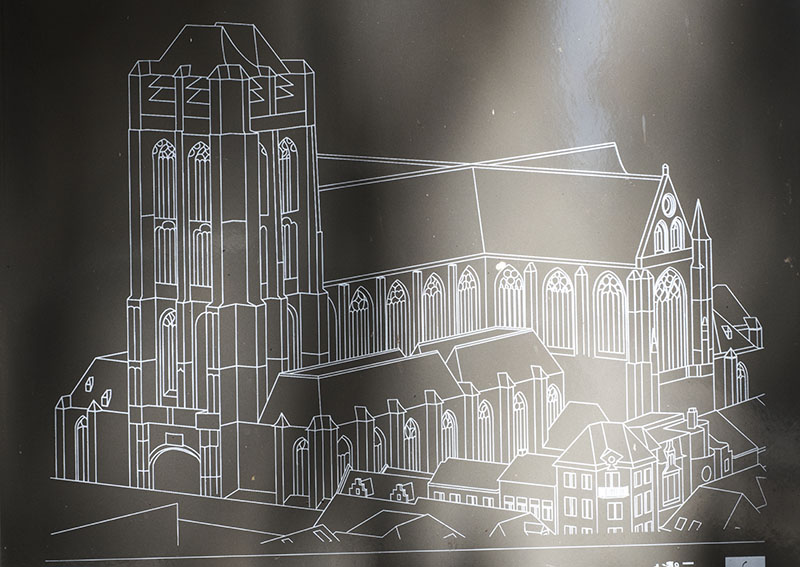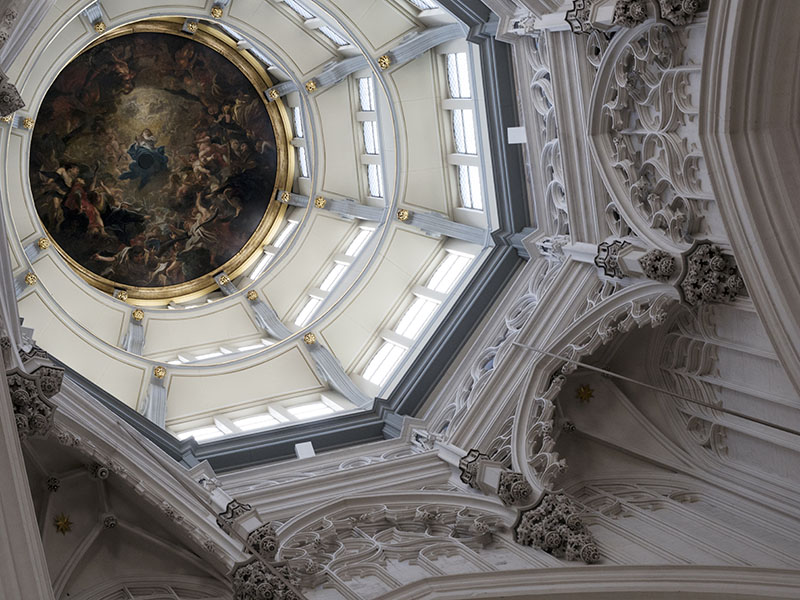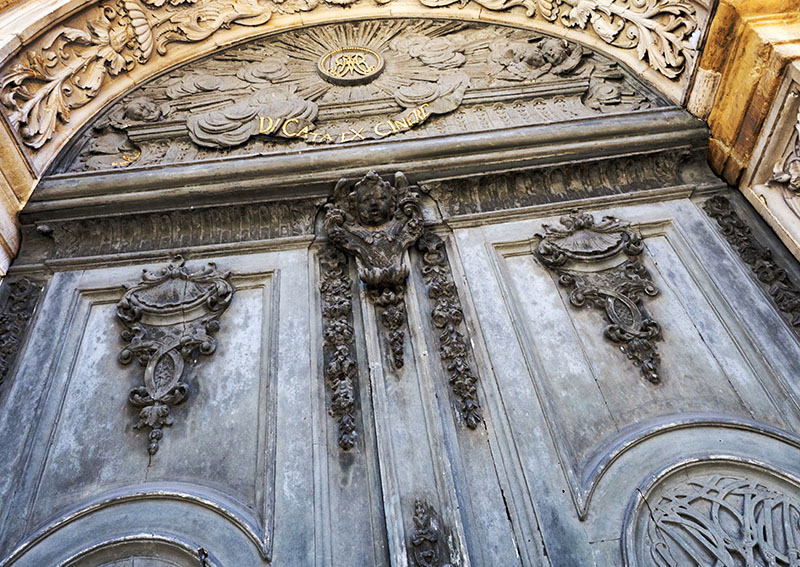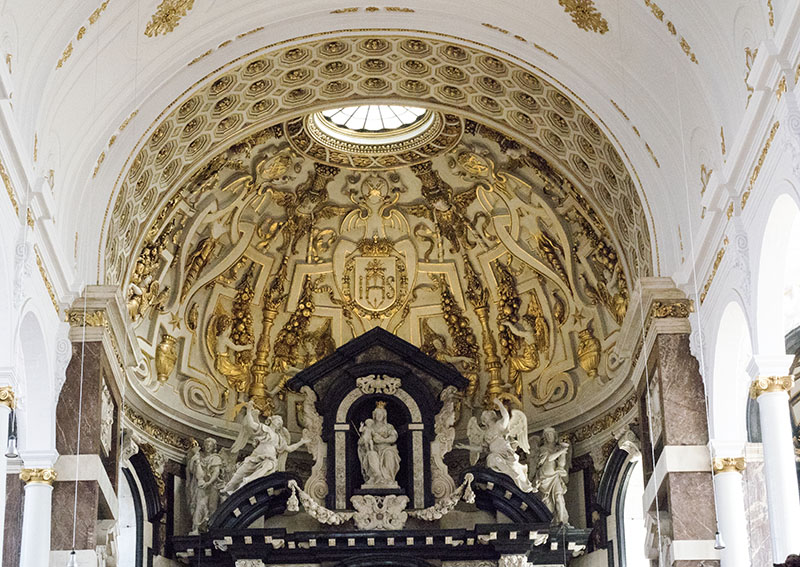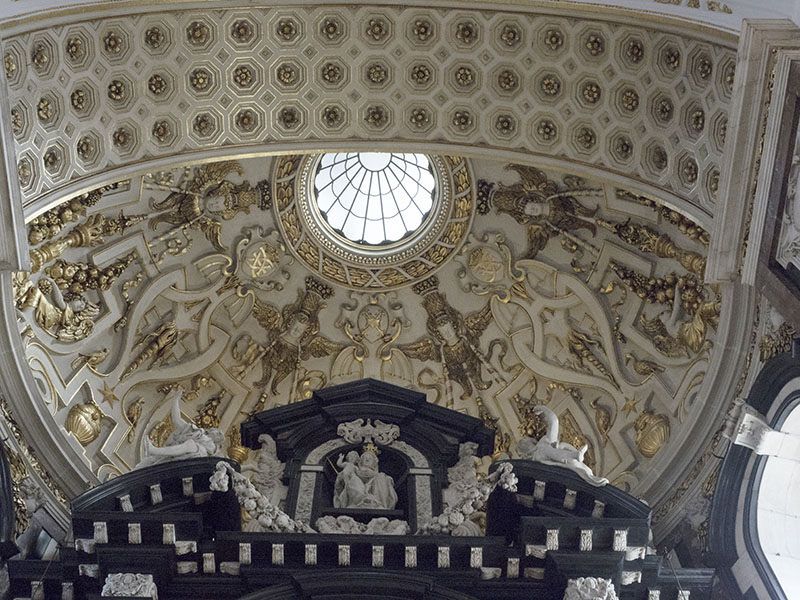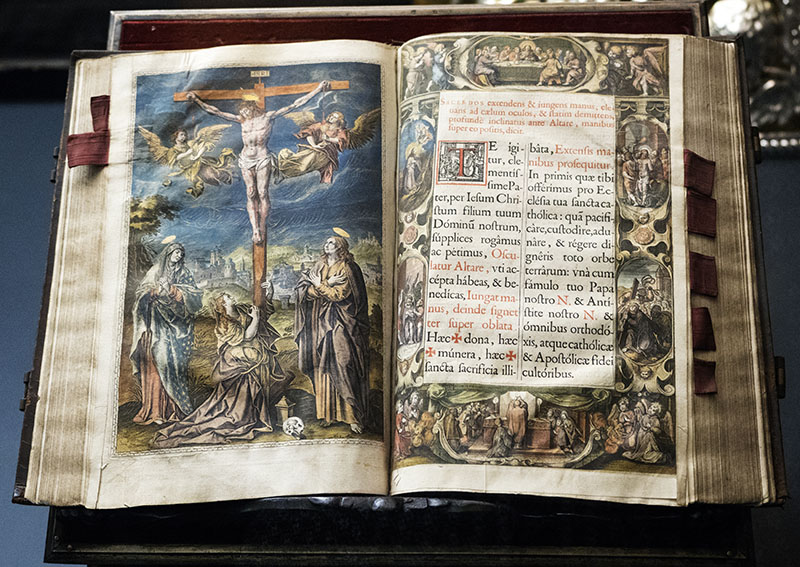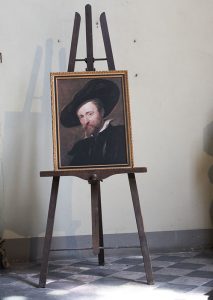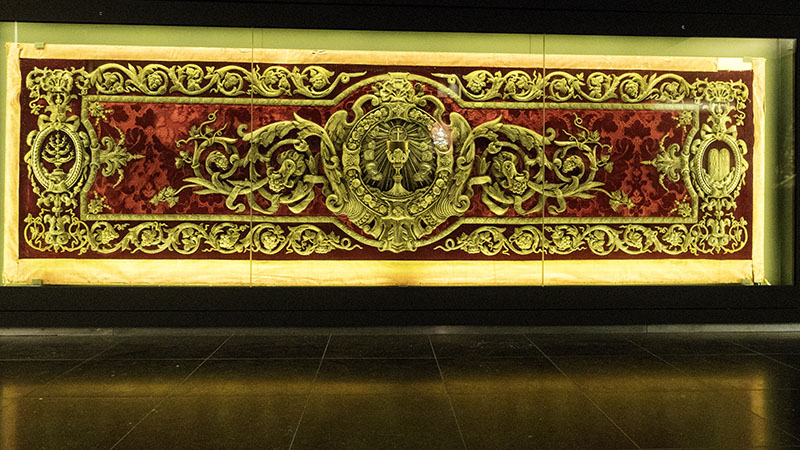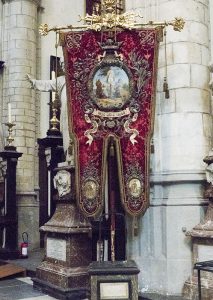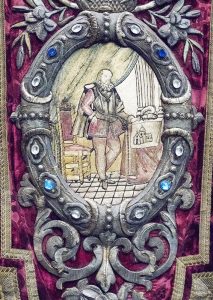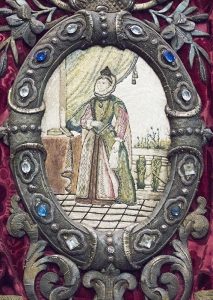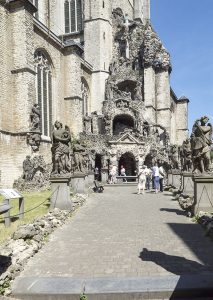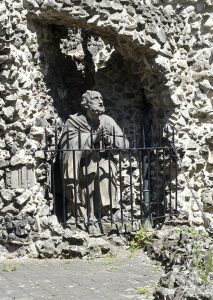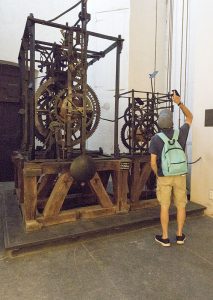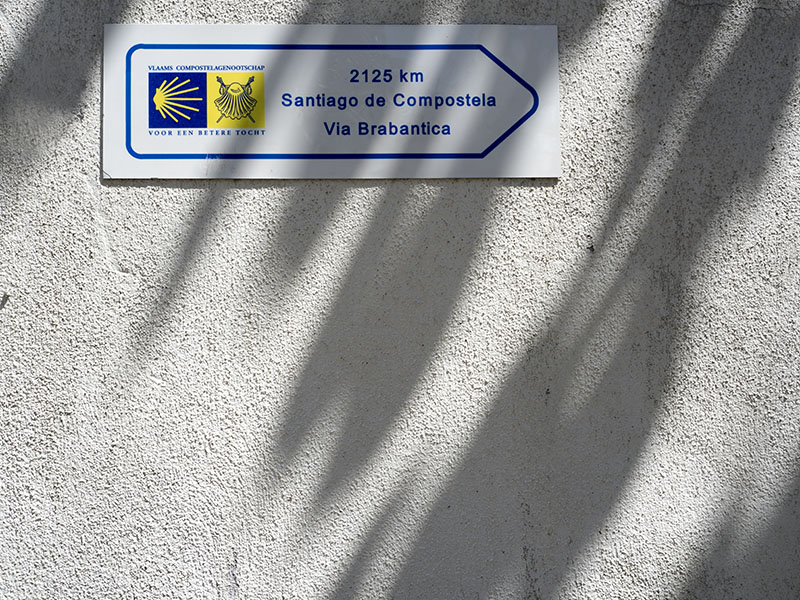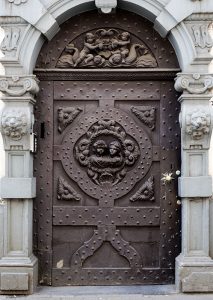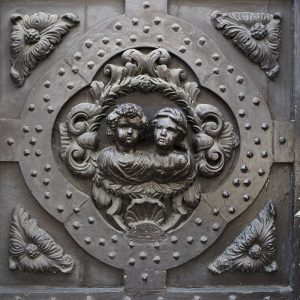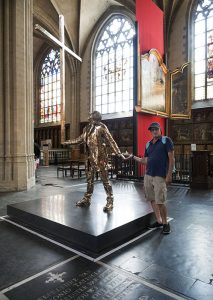All museums are closed on Mondays, so today was church day: Cathedral of Our Lady, St James, St Charles Barromeo and St Pauls.
It was a study in art for us, as each contained paintings by Rubens
and other famous Belgian artists.
Descent of Man 1611 – 1614
Resurrection of Christ 1611 – 1612
In addition, it was worth going in just to see the wood carvings.
The details in these pulpits was impossible to fully appreciate from a distance.
There was a craving of a ship that satisfied Bob.
Could you imagine squeezing in here for an hour or so of service?
The eyes were almost overwhelmed by the intricate details and richness.
Although there was a great deal of sameness to them, the churches also displayed their individuality.
A copy of Ruben’s self portrait – the original is found in Ruben’s House.
In a few of the churches there were hand made embroidery works on display.
This outside scene at St Paul’s was quite a surprise.
Bob likes figuring out the technical details.
For those who enjoy partaking in long hikes, here is one for you.
In between times, there was always something new to espy. How was this for a door!
As always, Bob had a bit of fun.
About Rubens
- Like many the great Leonardo da Vinci, Rubens was a multitalented man. He spoke multiple tongues, was an architect, a diplomat and an art collector.
- Rubens is considered to be the most influential artist of the Flemish Baroque art tradition.
- With a highly questioning mind, he also took a great interest in science.
- Rubens owned his home and studio
- In contrast to other renowned artists of that era, Rubens was well off and didn’t die in poverty.
- Rubens’ house (Rubenshuis) is now a museum dedicated to his life and works.
Who was Peter Paul Rubens from Visit Antwerp
